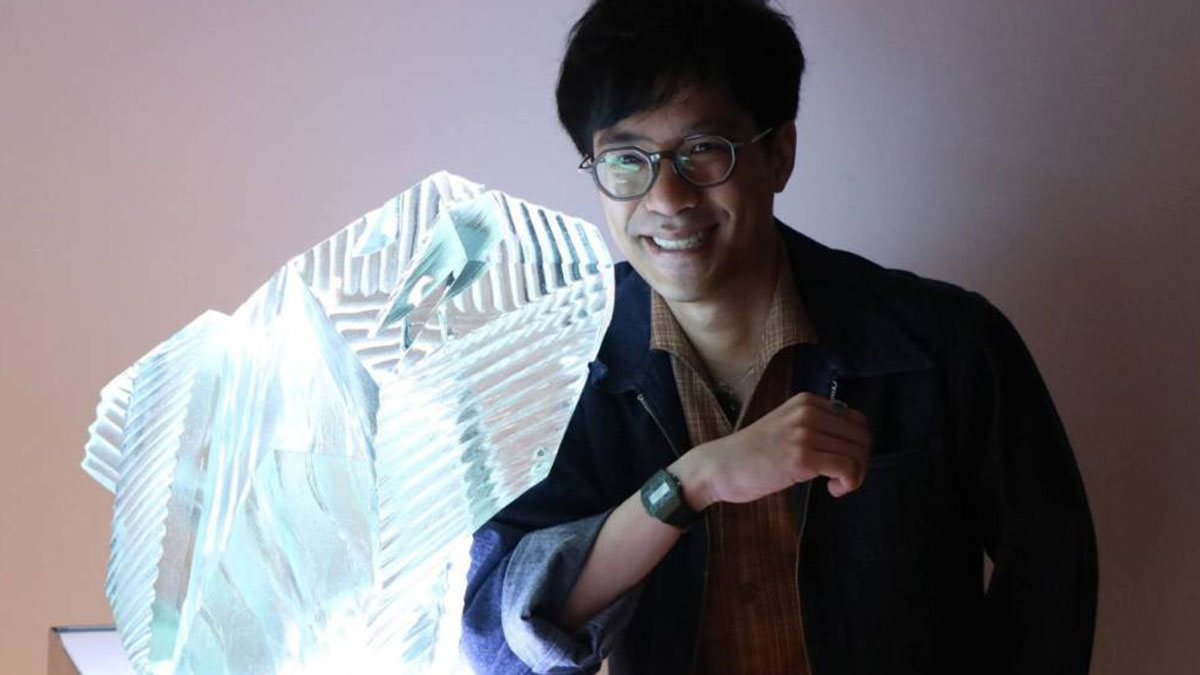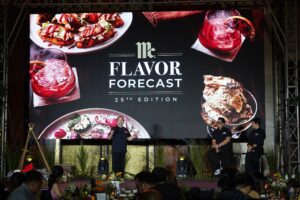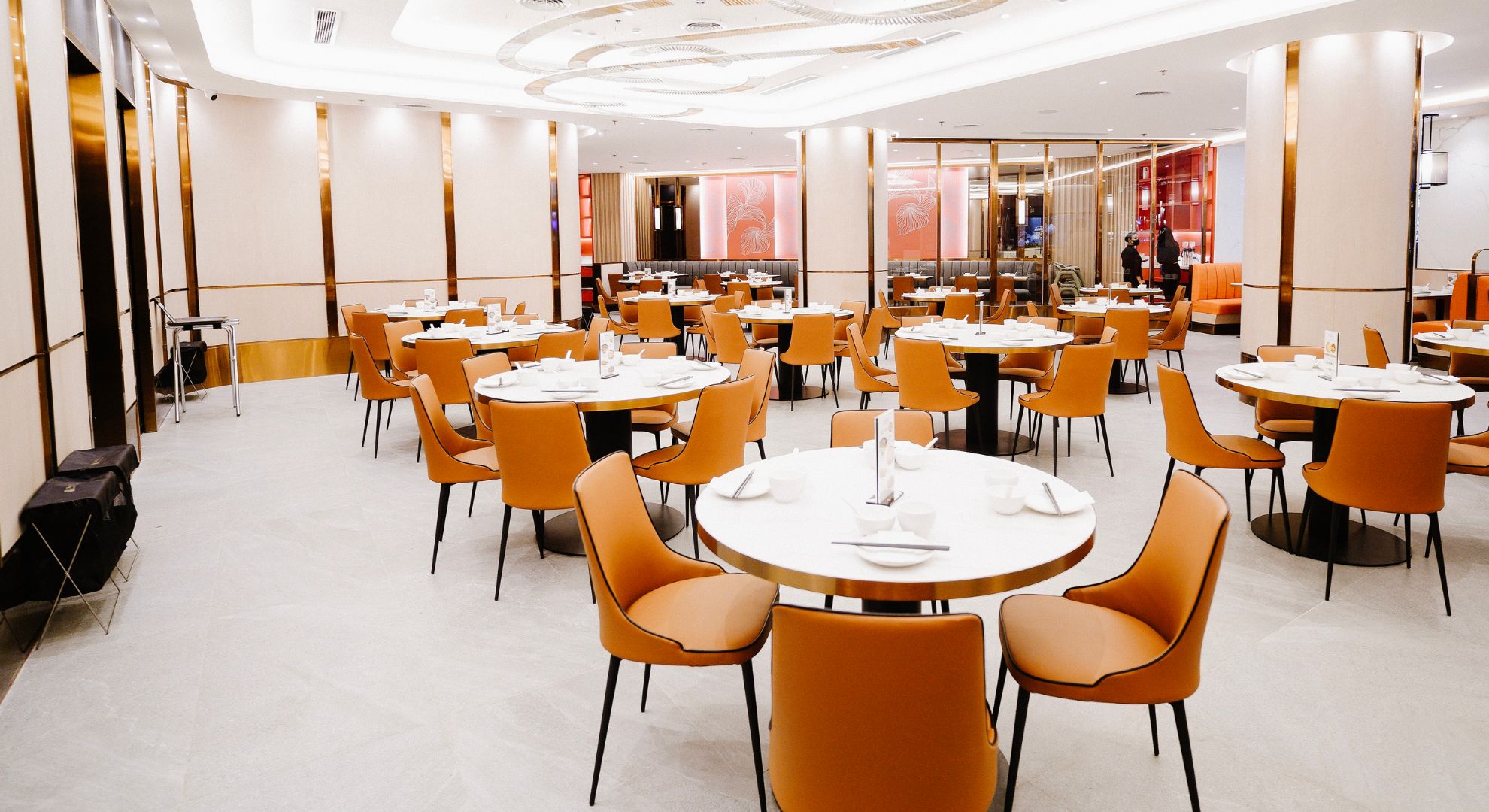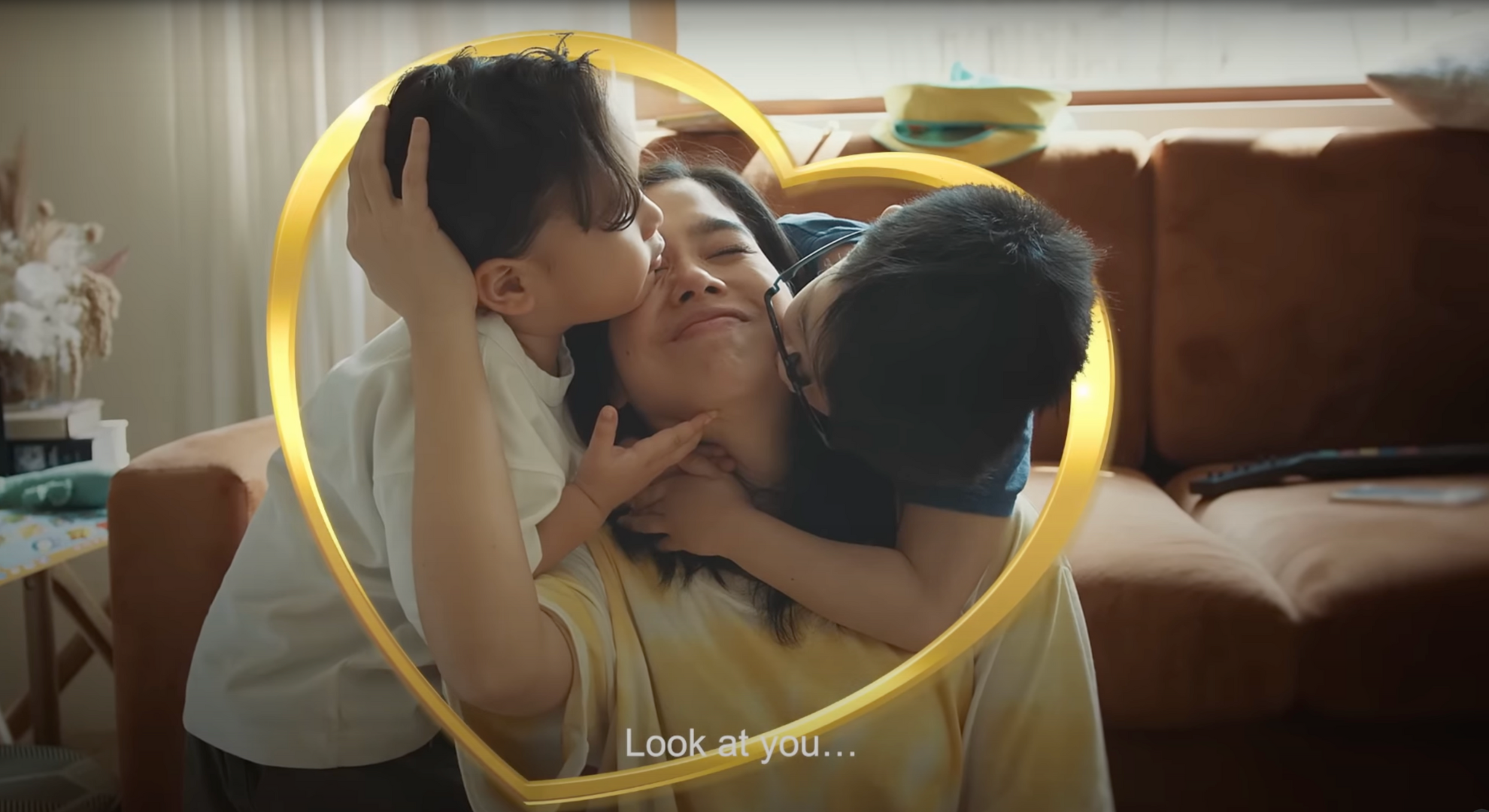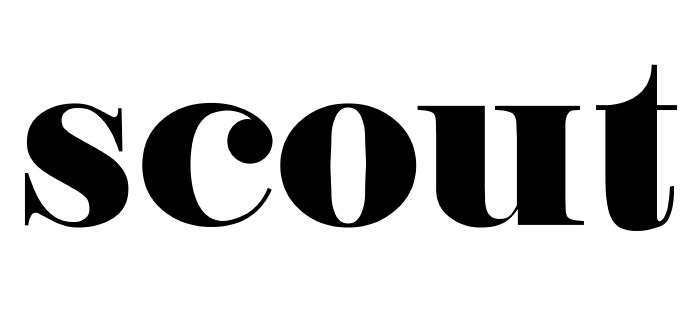In a coincidence of timing, director of “All Quiet on the Western Front” Edward Berger released the Oscar-winning film “Conclave” last October 2024, unknowingly priming viewers with the relevant glimpse into the secretive process of papal elections, which is set to unfold at the real-life conclave in the Vatican this May 7.
Starring Ralph Fiennes, Stanley Tucci, and John Lithgow as prominent cardinals within the Vatican, as well as Isabella Rosellini, Ingrid Bergman’s daughter, as an outspoken nun, the cardinals gather to select the new spiritual leader for the world’s population of 1.4 billion Catholics.
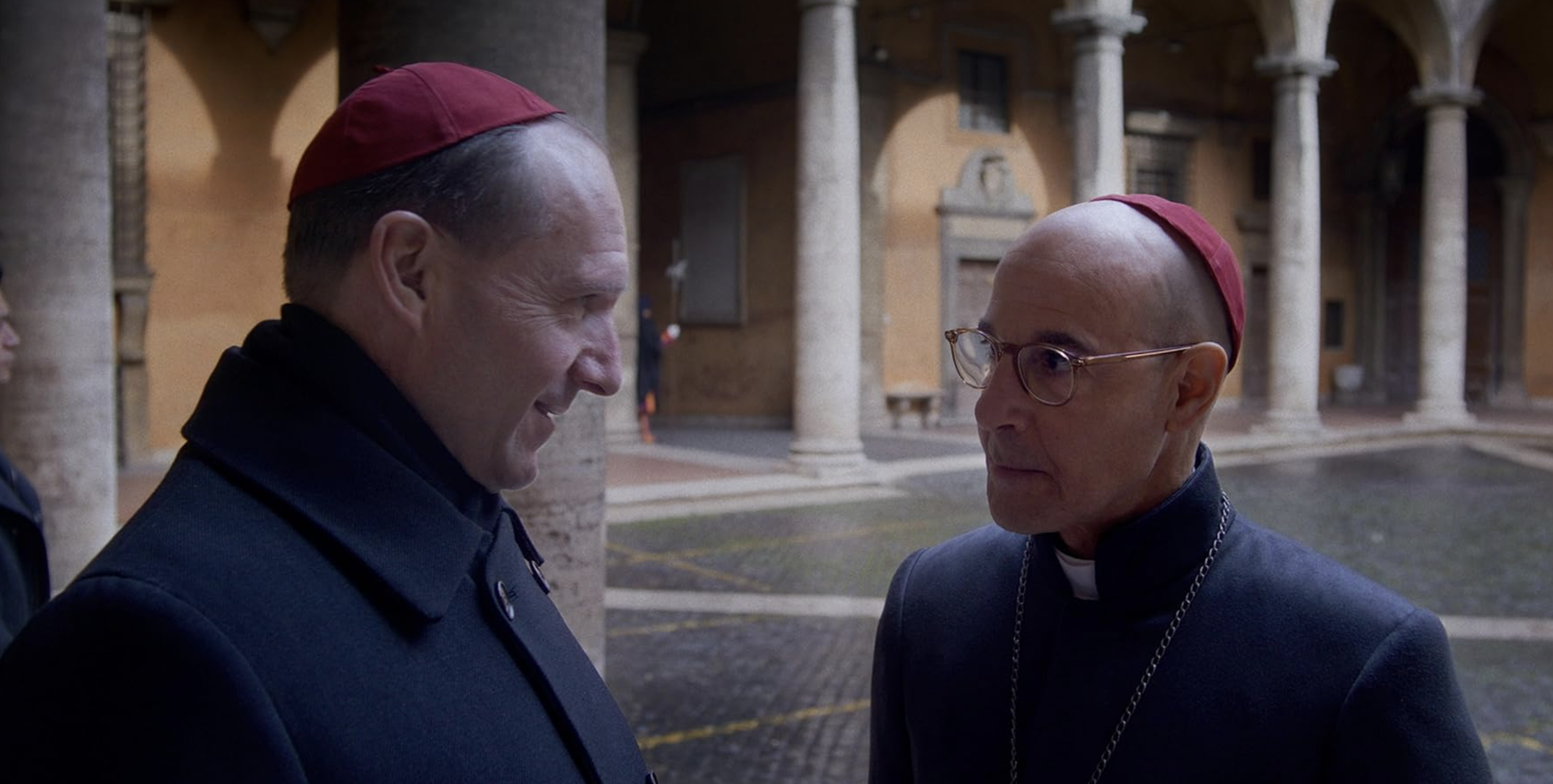
At present, the fictional film, while not a factual representation of the Vatican’s conclave, takes on heightened significance. Filipinos in particular are on the edge of their seats, with three eligible Filipino cardinal-electors out of 135: Luis Antonio Tagle, Jose Advincula, and Pablo Virgilio David.
READ: The 2025 Conclave: Electing a New Pope – Live Updates
When fiction meets reality
Though “Conclave” takes creative liberties with Vatican procedures, such as a darker shade of the priestly red garments, the admission of a cardinal “in pectore” (a secret appointment) to the conclave, exaggerated storylines, and black-and-white politicking, it has its strong points.
The cinematography of the film is undoubtedly spectacular, with movie sets recreating the stunning interiors of the Sistine Chapel, as well as the use of the Royal Palace of Caserta, which you might recognize from “Star Wars” Episodes I and II and “Angels and Demons.”
Nonetheless, the film is thoughtful in its portrayal of the ancient ritual, highlighting the electoral procedure.
In dramatic scenes, automated metal blinds descend upon the rooms and doors, making the priests unable to leave the Vatican. Viewers will also see a staple of the Vatican gardens: Freshwater turtles residing in the outdoor ponds.
Most of all, meticulous attention is given to the voting process of the cardinals in the conclave, where several rounds of voting are done until a candidate has received two-thirds of the majority of the vote. This lasts for two to three days, and is inaccessible to neither the public nor media, with only the cardinal electors privy to the process.
We see the unsuccessful quorums culminating with black smoke emerging from the roof of the Sistine Chapel, while white smoke indicates a new pope has been chosen.
The film made me think of both the 2011 Italian-French comedy “Habemus Papam” (“We Have a Pope”), where the chosen pope is reluctant, manages to escape, and wanders the streets of Rome till the early morning as well as the less reverent reference to “Eurotrip” (2004).
READ: Ahead of conclave, bookies narrow down on favorites for next pope
Real vs. fictitious church leadership
The film “Conclave” presents viewers with a fictional Archbishop of Kabul, Afghanistan, who embodies a compelling vision of church leadership, with a work history deeply rooted in direct experience with marginalized as well as war-torn communities.
In the film, this Archbishop of Kabul is finally voted as pope, and at the very last minute, revealed to be an intersex person, raising profound, thought-provoking questions on what qualities really matter in a leader of the Church, especially translating the gospel values into concrete action.

READ: Why the world loves Pope Francis
The character brings to mind Pope Francis, who was immersed in the peripheries all his life and emphasized simplicity, austerity, mercy, and engaged directly with global issues like climate change, migration, and inequality.
**
As the world follows the real-life historic events of the Vatican’s 2025 conclave, the “Conclave” invites reflection on whether the Church might benefit from leadership that emerges not primarily from academic theology or administrative experience but from genuine immersion with those living in the underprivileged communities of society, much like Jesus Christ, at the core of these beliefs.
At present, we have a unique cultural moment as the cinematic portrayal and actual Vatican proceedings overlap, reminding us that underneath these elaborate rituals are holy men, who, for all their holiness, are fallible flesh and blood, highlighting the fundamentally human process that discerns who can best guide the global institution of the Church through these challenging times in a world hungry for spiritual guidance.










